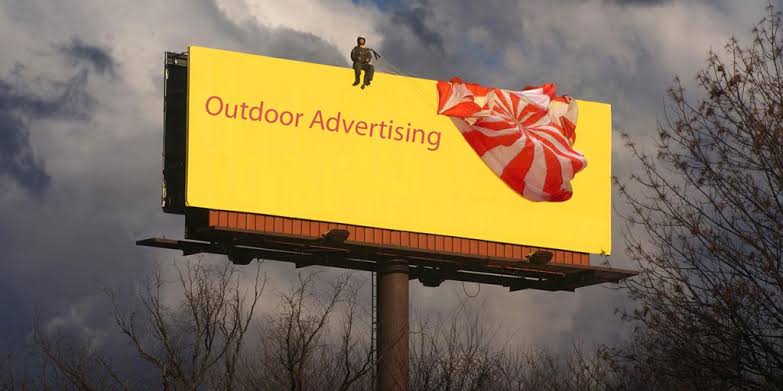
Product Sampling in Advertising: QR Codes That Turn Trials Into Digital Funnels
Product Sampling in Advertising: A Digital Gateway Hiding in Plain Sight For marketing professionals seeking high-impact campaigns with measurable results, product sampling in advertising remains one of the most tactile and memorable strategies. Yet, traditional sampling tactics — handing out





